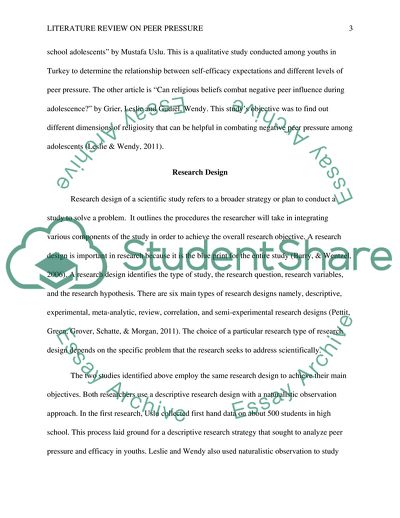Cite this document
(Peer Pressure Issue Literature review Example | Topics and Well Written Essays - 2000 words, n.d.)
Peer Pressure Issue Literature review Example | Topics and Well Written Essays - 2000 words. Retrieved from https://studentshare.org/psychology/1819033-literature-review-on-peer-pressure
Peer Pressure Issue Literature review Example | Topics and Well Written Essays - 2000 words. Retrieved from https://studentshare.org/psychology/1819033-literature-review-on-peer-pressure
(Peer Pressure Issue Literature Review Example | Topics and Well Written Essays - 2000 Words)
Peer Pressure Issue Literature Review Example | Topics and Well Written Essays - 2000 Words. https://studentshare.org/psychology/1819033-literature-review-on-peer-pressure.
Peer Pressure Issue Literature Review Example | Topics and Well Written Essays - 2000 Words. https://studentshare.org/psychology/1819033-literature-review-on-peer-pressure.
“Peer Pressure Issue Literature Review Example | Topics and Well Written Essays - 2000 Words”, n.d. https://studentshare.org/psychology/1819033-literature-review-on-peer-pressure.


